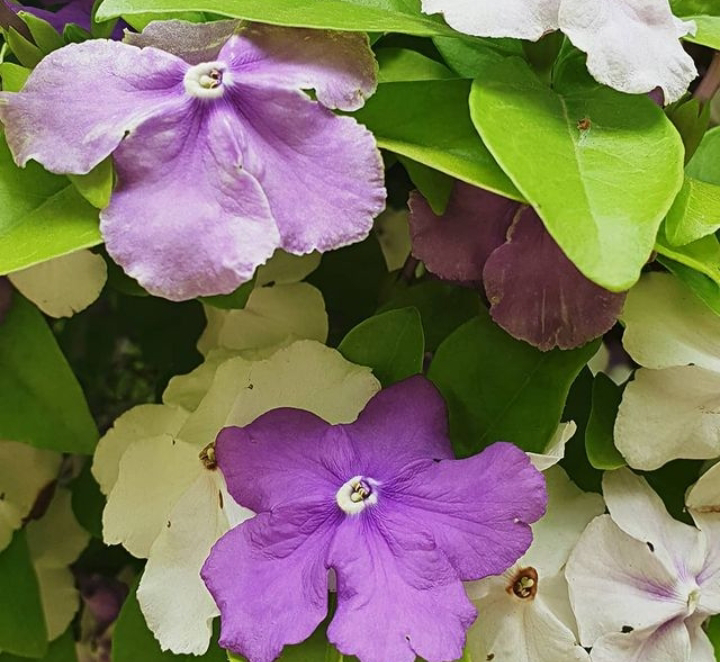Organic agriculture is a holistic and sustainable approach to farming that aims to create a harmonious balance between environmental health, economic viability, and social well-being. Rooted in traditional agricultural practices, the modern concept of organic farming emerged in response to concerns about the negative impacts of conventional agricultural methods on the environment, human health, and rural communities. Organic agriculture emphasizes the use of natural and biological processes to enhance soil fertility, control pests and diseases, and promote the overall well-being of ecosystems. The movement gained momentum in the mid-20th century with the publication of influential works such as Rachel Carson's "Silent Spring," which highlighted the dangers of chemical pesticides and fertilizers. This spurred a renewed interest in sustainable farming practices that led to the formalization of organic standards and certifications.
Central to organic agriculture is the principle of soil health. Organic farmers prioritize the nurturing and enrichment of soil by avoiding the use of synthetic chemicals and focusing on composting, crop rotation, cover cropping, and reduced tillage. These practices enhance soil structure, promote microbial diversity, and increase water retention, thereby mitigating erosion and improving overall soil fertility. By eschewing synthetic pesticides and genetically modified organisms, organic farming also seeks to protect both the environment and human health from potential harm caused by chemical residues in food and soil.
Biodiversity conservation is another cornerstone of organic agriculture. Through practices such as polyculture planting and maintaining natural habitats, organic farmers create environments that support a wide array of plant and animal species. This approach fosters natural predator-prey relationships, reducing the need for chemical interventions to control pests. The promotion of biodiversity not only contributes to ecosystem resilience but also provides aesthetic and cultural value while safeguarding genetic diversity in agricultural crops.
The organic approach extends beyond the field to livestock production. Organic livestock are raised in conditions that prioritize their well-being and minimize stress. This often means access to outdoor areas, adequate space to move, and a diet primarily composed of organic feed. The prohibition of growth hormones and routine use of antibiotics ensures that organic animal products maintain a high standard of quality and do not pose risks to human health through antibiotic resistance.
Consumer demand for organic products has grown significantly over the years, prompting a global expansion of organic farming. To provide consumers with assurance that products labeled as "organic" meet established standards, certification bodies have emerged. These bodies assess farms and processing facilities to ensure compliance with organic regulations. Although certification involves costs and paperwork, it offers farmers access to premium markets and enables consumers to make informed choices aligned with their values.
Despite its many benefits, organic agriculture also faces challenges. One of the main concerns is the lower yield compared to conventional methods. Organic farming's emphasis on natural processes and limited use of synthetic inputs can lead to reduced productivity, potentially raising concerns about food security in a world with a growing population. However, proponents argue that the focus should be on improving the efficiency of organic systems rather than mimicking conventional practices.
In conclusion, organic agriculture represents a holistic and environmentally conscious approach to farming that seeks to balance agricultural production with long-term ecological sustainability. Rooted in a history of sustainability principles, the modern organic movement has gained traction due to its potential to address concerns related to soil health, biodiversity, and human well-being. By fostering healthier soils, promoting biodiversity, and adhering to strict standards, organic agriculture offers consumers an alternative to conventional food production that aligns with their ethical and environmental values. While challenges remain, ongoing research and innovation in organic farming hold the promise of enhancing yields while maintaining the integrity of the natural systems it seeks to emulate.



















